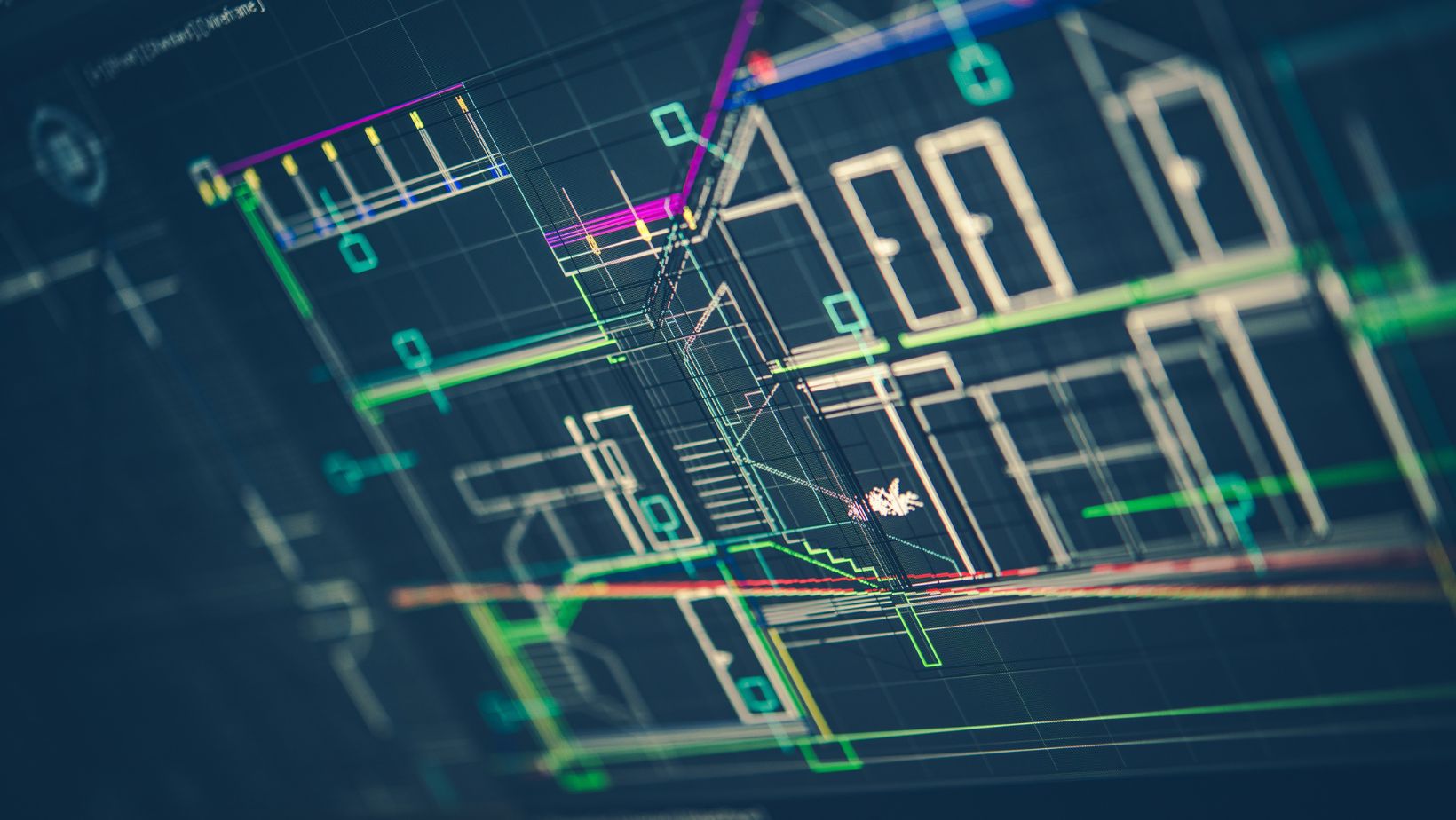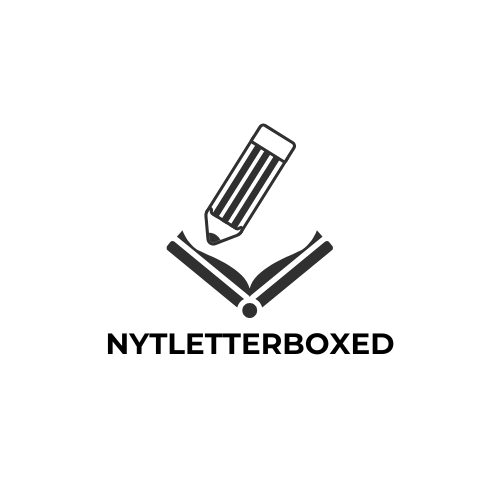
The Complete Guide to Engineering Technical Writing: Best Practices & Essential Skills
As a technical writer with over a decade of experience in engineering documentation, I’ve seen firsthand how crucial clear communication is in the technical field. Engineering technical writing transforms complex technical information into clear, accessible documentation that guides users, developers and stakeholders through intricate processes and systems.
I’m often amazed by how many brilliant engineers struggle to convey their innovative ideas effectively. Technical writing in engineering isn’t just about explaining how things work – it’s about bridging the gap between technical experts and their audience. Whether it’s crafting detailed specifications, writing user manuals, or documenting complex procedures, engineering technical writing demands both technical knowledge and exceptional communication skills.
Key Takeaways
- Engineering technical writing is essential for transforming complex technical information into clear, accessible documentation for diverse audiences.
- Key components of technical documentation include requirements specifications, design documents, implementation guides, user manuals, and API documentation.
- Successful technical writers need both strong technical knowledge (programming, engineering principles, version control) and excellent communication skills.
- Clear documentation follows established standards (IEEE, ISO 9001, ASME Y14.5) and uses consistent formatting, precise language, and appropriate visual aids.
- Essential tools for technical writing include documentation management systems, version control software, and technical illustration tools.
- Best practices include defining terms clearly, using active voice, breaking down complex processes, and maintaining consistent terminology throughout documentation.
Engineering Technical Writing
Engineering technical writing transforms complex engineering concepts into clear documentation for diverse audiences. It combines technical expertise with communication skills to create precise documentation that guides users through processes systems or specifications.
Key Components of Technical Documentation
Technical documentation includes these essential elements:
- Requirements specifications detailing system functionality parameters goals
- Design documents outlining architecture components interfaces
- Implementation guides explaining setup configuration maintenance steps
- User manuals providing operation instructions troubleshooting procedures
- API documentation describing integration points data structures methods
- Test plans defining validation procedures acceptance criteria metrics
- IEEE standards for software documentation format structure
- ISO 9001 quality management system documentation requirements
- ANSI/ASME Y14.5 guidelines for engineering drawings specifications
- ASD-STE100 simplified technical English protocols
- API documentation standards (OpenAPI Swagger RAML)
| Standard Type | Purpose | Industry Application |
|---|---|---|
| IEEE | Software Documentation | Technology Software |
| ISO 9001 | Quality Management | Manufacturing Engineering |
| ASME Y14.5 | Technical Drawings | Mechanical Engineering |
| ASD-STE100 | Technical English | Aerospace Defense |
| OpenAPI | API Documentation | Web Development |
Essential Skills for Engineering Technical Writers
 Engineering technical writers blend expert knowledge with clear communication abilities to create precise documentation.
Engineering technical writers blend expert knowledge with clear communication abilities to create precise documentation.
Technical Knowledge Requirements
A strong technical foundation forms the core of effective engineering documentation:
- Master programming languages like Python, Java or C++ to understand code documentation
- Apply engineering principles from mechanical, electrical or software domains based on project focus
- Navigate version control systems like Git for documentation management
- Understand technical diagrams including UML, circuit schematics or mechanical drawings
- Interpret engineering calculations measurements models to explain technical concepts
- Use documentation tools like MadCap Flare Confluence or Swagger for API docs
- Follow documentation standards like IEEE ASD-STE100 ISO 9001 based on industry requirements
- Structure content logically with consistent formatting hierarchy organization
- Write precise unambiguous text using active voice concise language
- Create clear visual aids including diagrams charts tables screenshots
- Edit content for accuracy completeness technical correctness
- Adapt writing style tone for different audience technical levels
- Collaborate with engineers developers stakeholders to gather accurate information
- Research technical topics efficiently using credible engineering sources
- Implement single-sourcing techniques for content reuse maintainability
- Apply style guides terminology standards consistently across documentation
| Skill Category | Required Proficiency Level | Industry Standards |
|---|---|---|
| Technical Knowledge | Advanced (70-80%) | IEEE, ISO, ASME |
| Writing Abilities | Expert (85-90%) | ASD-STE100, Chicago Manual |
| Tools Proficiency | Intermediate (60-75%) | DITA, DocBook, OpenAPI |
| Communication | Advanced (75-85%) | Plain Language Guidelines |
Common Types of Engineering Documentation
Engineering documentation encompasses various specialized formats that serve distinct purposes throughout the product lifecycle. Each type targets specific audiences with tailored information structures.
Product Specifications
Product specifications outline technical requirements, design parameters, performance criteria, and manufacturing guidelines for engineering projects. These documents include:
- Design specifications detailing dimensions, materials, and tolerances
- Performance requirements stating operational parameters and test criteria
- Manufacturing specifications listing production methods and quality standards
- Component specifications identifying part requirements and compatibility
- Interface specifications describing system interactions and connections
User Manuals and Guides
User manuals provide structured information for operating, maintaining, and troubleshooting engineering products. Key components include:
- Installation instructions with step-by-step procedures
- Operating procedures covering basic and advanced functions
- Safety guidelines highlighting precautions and warnings
- Maintenance schedules listing required upkeep tasks
- Troubleshooting guides addressing common issues
- Quick reference cards summarizing essential operations
- Methodology descriptions outlining testing procedures
- Data analysis presenting quantitative results
- Performance evaluations comparing actual vs. expected outcomes
- Compliance documentation verifying standards adherence
- Failure analysis reports investigating issues
- Progress reports tracking project milestones
| Documentation Type | Primary Audience | Update Frequency |
|---|---|---|
| Product Specs | Engineers & Manufacturers | Per Design Change |
| User Manuals | End Users & Technicians | Per Product Release |
| Technical Reports | Stakeholders & Regulators | Per Project Phase |
Best Practices for Technical Writing
Technical writing success depends on implementing proven methodologies for clear communication and document organization. Here’s my expert analysis of essential practices based on industry standards and professional experience.
Maintaining Clarity and Precision
I structure technical content using these proven clarity techniques:
- Define technical terms on first use with precise explanations
- Write in active voice with direct subject-verb-object sentences
- Break complex processes into numbered steps with 1-3 actions per step
- Use consistent terminology throughout related documents
- Include specific measurements with appropriate units (e.g., 5.2 MHz, 12V DC)
- Create tables for comparing specifications or parameters
- Add visual aids like diagrams flowcharts screenshots to illustrate concepts
- Eliminate ambiguous words like “”some”” “”many”” “”few”” in favor of exact numbers
- Place critical safety information at the beginning of procedures
- Group related topics into logical sections with descriptive headings
- Include a table of contents for documents over 4 pages
- Apply consistent heading hierarchy (H1 > H2 > H3)
- Create modular content blocks for reuse across documentation
- Structure procedures chronologically with prerequisites first
- Add cross-references to related sections using page numbers or hyperlinks
- Place supplementary information in appendices
- Use bulleted lists for features specifications requirements
- Create numbered lists for sequential steps procedures installations
| Document Section | Purpose | Update Frequency |
|---|---|---|
| Front Matter | Navigation orientation | Per major revision |
| Technical Content | Core information | As specifications change |
| Reference Material | Supporting details | Quarterly review |
| Appendices | Supplemental data | Annual review |
Digital Tools and Software
Modern engineering technical writing relies on specialized digital tools to streamline documentation processes, enhance collaboration, and maintain consistency across documents.
Documentation Management Systems
Documentation management systems form the backbone of efficient technical writing workflows. I use platforms like Confluence, Microsoft SharePoint, and MadCap Flare to organize, track, and control documentation versions. These systems offer:
- Version Control Integration: Connects with Git, SVN, or Mercurial for tracking document changes
- Collaboration Features: Real-time editing, commenting, and review workflows
- Template Management: Standardized formats for consistent documentation
- Access Control: Role-based permissions for document security
- Search Functionality: Advanced indexing for quick content retrieval
- Publishing Options: Multi-format output capabilities (PDF, HTML, EPUB)
Technical Illustration Tools
Technical illustration tools create precise visual representations of engineering concepts. I employ specialized software to produce diagrams, schematics, and technical drawings:
| Tool Category | Popular Applications | Primary Use Cases |
|---|---|---|
| CAD Software | AutoCAD, SolidWorks | Engineering drawings, 3D models |
| Diagramming | Lucidchart, Draw.io | Flowcharts, system architectures |
| Screen Capture | Snagit, Camtasia | UI documentation, tutorials |
| Vector Graphics | Adobe Illustrator, Inkscape | Custom technical illustrations |
- Layer Management: Organize complex diagrams into manageable components
- Dimension Tools: Add precise measurements and annotations
- Export Options: Generate high-resolution images in multiple formats
- Symbol Libraries: Access standardized engineering symbols
- Collaboration Tools: Share and review illustrations with team members
The Technical Writing Process
The technical writing process follows a systematic approach to create accurate engineering documentation. This structured methodology ensures comprehensive coverage of technical concepts while maintaining clarity and precision.
Research and Information Gathering
I gather technical information through direct collaboration with engineers SMEs product managers during the research phase. My process includes:
- Analyzing existing documentation specifications requirements
- Conducting technical interviews with engineering teams
- Reviewing source code architecture diagrams system designs
- Examining user feedback bug reports feature requests
- Studying relevant industry standards compliance requirements
- Documenting API endpoints data structures system interfaces
Draft Development and Review
I create documentation drafts using an iterative approach focused on technical accuracy readability. The development process involves:
- Outlining document structure based on collected information
- Writing initial drafts with placeholder sections for technical details
- Incorporating visual aids diagrams flowcharts screenshots
- Implementing consistent terminology style guides formatting
- Conducting technical reviews with engineering teams
- Running automated checks for spelling grammar technical terms
- Performing usability testing with target audience members
- Tracking changes revisions through version control systems
Each draft undergoes multiple review cycles to ensure:
- Technical accuracy of content
- Alignment with project requirements
- Compliance with documentation standards
- Clarity of instructions procedures
- Effectiveness of visual elements
- Consistency in terminology format
- Engineering teams
- Product managers
- Quality assurance specialists
- Technical architects
- End-users (when applicable)
- Documentation specialists
Working With Engineering Teams
Effective collaboration with engineering teams forms the cornerstone of successful technical documentation. I’ve developed specific strategies for working with engineers to create accurate technical content while maintaining efficient workflows.
Collaborating With Subject Matter Experts
I establish structured communication channels with engineering experts through scheduled technical interviews, code review sessions, and design discussions. Here’s my approach to maximizing these interactions:
- Schedule 30-minute focused sessions to discuss specific technical topics
- Record technical discussions using tools like Otter.ai or Microsoft Teams
- Create shared documentation spaces in platforms like Confluence for real-time collaboration
- Document key decisions in meeting notes with clear action items
- Follow up via email with specific technical questions requiring clarification
- Maintain a running list of terminology definitions approved by the engineering team
Managing Document Review Cycles
I implement a systematic review process to ensure technical accuracy while maintaining documentation timelines:
- Set up three distinct review phases:
- Technical accuracy review by engineers
- Usability review by product managers
- Final approval by technical leads
- Track review status using documentation management tools
- Allow 3-5 business days for each review cycle
- Consolidate feedback using collaborative tools like Google Docs
- Schedule 15-minute review sync meetings to address conflicting feedback
- Create review checklists covering:
- Technical accuracy
- Code sample validation
- API endpoint verification
- Diagram accuracy
- Terminology consistency
These structured approaches enable smooth collaboration with engineering teams while maintaining documentation quality standards.
I’ve found that engineering technical writing stands as a crucial bridge between complex technical concepts and their practical application. Through my experience I’ve seen how well-crafted documentation can transform intricate engineering knowledge into accessible and valuable resources.
The combination of technical expertise solid writing skills and modern digital tools creates documentation that truly serves its purpose. I believe that success in this field comes from mastering both the technical aspects and the art of clear communication.
My journey has shown me that following industry standards collaborating effectively with engineering teams and maintaining systematic processes are key to creating impactful technical documentation that stands the test of time.
